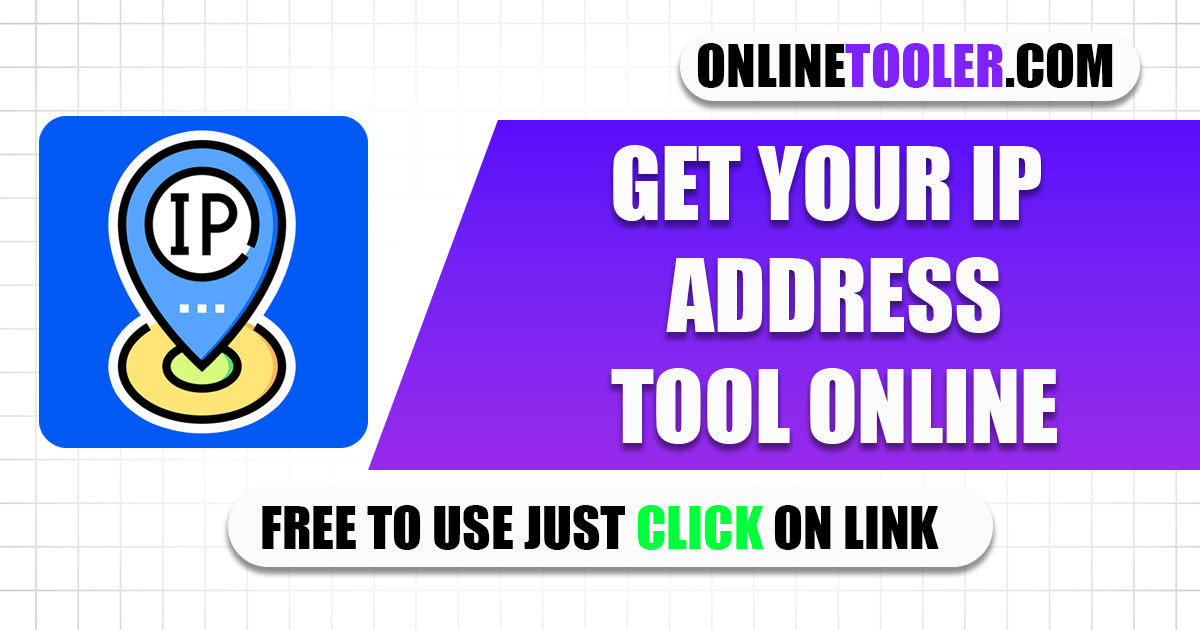What’s My IP Address (IPv4)? – Find It Fast, No Stress 🧠⚡

Ever had someone ask for your IP and you’re like… “uhh what’s that?” We got you. Whether you’re gaming, troubleshooting your Wi-Fi, or just curious, knowing your IPv4 address can actually be super helpful. The good news? It’s ridiculously easy to find with our tool. One click and boom — instant IP, no tech headache.
Let’s break it down in a chill, human way.
🧩 So… What Even Is an IPv4 Address?
An IPv4 address is like your device’s home address on the internet — a unique string of numbers that identifies you online. Something like 192.168.0.1.
IPv4 stands for Internet Protocol version 4, which is the OG IP format. It’s been around since forever and is still what most devices use today (even though IPv6 is slowly taking over).
Think of IPv4 as your digital ID. It tells the internet, “Hey, I’m here!” so websites and apps know where to send stuff.
⚡ How to Find Your IPv4 Address (The Lazy-Easy Way)
No command prompt. No settings maze. Just use our IP checker tool, and your IPv4 address shows up instantly.
- One click
- Zero tech jargon
- Works on desktop, tablet, and mobile
It’s fast, accurate, and doesn’t require any setup. Basically: tap the tool, get your IP, move on with life. 🫡
🤔 Why Would You Even Need Your IP?
Good question. Here’s where it comes in handy:
- 🎮 Gaming – Hosting a multiplayer match? You’ll need your IP.
- 🌐 Remote work – IT might ask for it to set up access.
- 📡 Fixing router issues – Knowing your IP helps debug Wi-Fi problems.
- 🌍 Location stuff – Your IP can hint at your city or country.
- 🕵️♂️ Privacy check – Want to see what data you’re leaking online?
You’d be surprised how often it pops up.
🔐 Public vs Private IP – What’s the Difference?
There are two types of IPs:
- Public IP – The one your ISP assigns, visible to the internet. This is what our tool shows.
- Private IP – Used within your home or office network (like 192.168.x.x).
Your device actually has both! But when someone asks for “your IP,” they usually mean your public IPv4 address.
🛡️ Want to Hide Your IP? Here’s How
Sometimes, it’s smart to keep your IP low-key — especially if you care about privacy or accessing geo-restricted content. Here’s how:
- VPNs – The easiest way. They mask your IP and encrypt your traffic.
- Proxies – Similar but less secure than VPNs.
- Mobile Data – Switch to mobile to temporarily change your IP.
Pro tip: If you’re doing anything sensitive or private, consider using a VPN. They’re like invisibility cloaks for your IP. 🧙♂️
🧠 Final Byte: Keep It Simple
Knowing your IP isn’t just for tech bros — it’s for anyone who uses the internet (aka everyone). With our tool, checking your IPv4 is fast, simple, and stress-free.
So next time you’re asked for your IP or just wanna check in on what the internet sees about you — you know where to go.
✅ Bookmark the tool and keep it in your back pocket. You’ll thank yourself later.
🙋♀️ Frequently Asked Questions (FAQs)
What is the difference between IPv4 and IPv6?
IPv4 uses 32-bit addresses (like 192.0.2.1), while IPv6 uses 128-bit (like 2001:0db8:85a3::8a2e:0370:7334). IPv6 is newer and has way more address space.
Is it safe to share my IPv4 address?
Generally, yes — but it can reveal your rough location. Avoid sharing it on sketchy forums or with strangers.
Can someone hack me using my IP address?
Not directly, but if your system has open vulnerabilities, it can be a doorway. Use firewalls and update your software regularly.
Why is my IP address different on Wi-Fi vs mobile data?
Because you’re using different networks! Wi-Fi = your home network (with one public IP). Mobile data = carrier’s network with its own IP.
Can I change my IPv4 address?
Yes! Restarting your router can sometimes do it. You can also contact your ISP or use a VPN for a new IP.
Does your tool show both IPv4 and IPv6?
Right now it shows IPv4 only — but we’re working on dual support soon!
Is this tool free?
Absolutely. No signups, no fees, no strings. Just click and see.